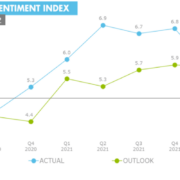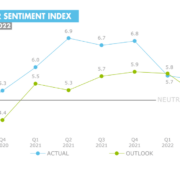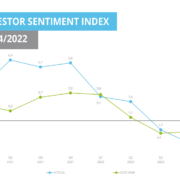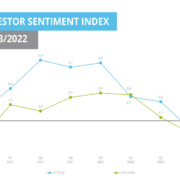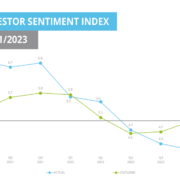Alternative Finance: Crowdinvesting on the Rise in Europe
Crowdinvesting as we know it today, began to gain traction in the wake of the 2008 global financial crisis, as raising capital through traditional institutions was becoming evermore difficult. Crowdinvesting was originally seen as a much-needed solution to the long-standing funding gap but this model soon proved itself as a legitimate source of investment. Although crowdfunding and crowdinvesting have experienced significant growth in recent years.
We want to give you an insight about Alternative Finance and especially about the European crowdinvesting market. As terms of Alternative Finance are often used wrongly, we want to give you first an overview of the three most common types:
What is crowdinvesting?
- Equity-based: purchase of company shares, usually from early-stage firms to investors.
- Mezzanine-based: debt capital that gives the lender the right to convert to an equity interest if the loan is not paid back on time and in full.
- Debt-based: lenders receive a non-collateralized debt obligation, typically paid back over an extended period of time. Similar in structure to purchasing a bond, but with different rights and obligations.
- Others: ghost shares, profit-sharing, exit-participation etc.
What is crowdfunding?
- Donation-based: no legally binding financial obligation incurred by the recipient to the donor and no financial or material returns are expected by the donor.
- Reward-based: backers have an expectation that recipients will provide a tangible (but non-financial) reward or product in exchange for their contribution.
What is peer-to-peer lending?
- Business lending: debt-based transactions between individual or institutional investors and existing businesses (usually SMEs).
- Consumer lending: debt-based transactions between individuals, most commonly unsecured personal loans.
Alternative Finance in Europe
In 2014, the cumulative European market size for alternative finance added up to €2,955.3m. Overall the whole sector grew by a 3-year average growth rate of 146%, which was made up by an increase of 149% from 2012 to 2013 and 144% from 2013 to 2014.
A closer look at the transaction volumes of different alternative finance models reveals that the market’s sustainable growth stems from its various sub-markets. From 2012 to 2014 most of these doubled in size, whereas individual ones even tripled (peer-to-peer business lending, invoice trading, and crowdinvesting). Thus, the European alternative finance market certainly has achieved strong and diversified growth.

Source: Source: University of Cambridge (2015). Moving Mainstream: The European Alternative Finance Benchmarking Report. London: Wardour.
Market Potential for Crowdinvesting
In years past, crowdfunding as a means of financing a business was more of a novelty. Today, announcing a crowdfunding campaign is just as common as any other traditional financing possibility, if not more so. With a market size of €173.6m, in 2014 it is difficult to overlook its macroeconomic importance. However, crowdinvesting has already overtaken crowdfunding in terms of volume. Following the previously introduced taxonomy, the market potential for crowinvesting has increased steadily over the past few years. With an average annual growth rate of 195% over the last three years, the European market for crowdinvesting has developed rapidly, from €24.9m in 2012 to €90.2m in 2013 and €205.2m in 2014. This is particularly remarkable compared to an average growth rate of 129% on the market for crowdfunding. An end of this growing phase is not in sight, as the crowdinvesting market profits from the also fast growing startup ecosystem in Europe.
If you are interested in learning more about Crowdinvesting in Austria, Switzerland and Germany, the legal framework behind it, and further trends in the market, we highly recommend you to download our 100% free report on Alternative Finance.


